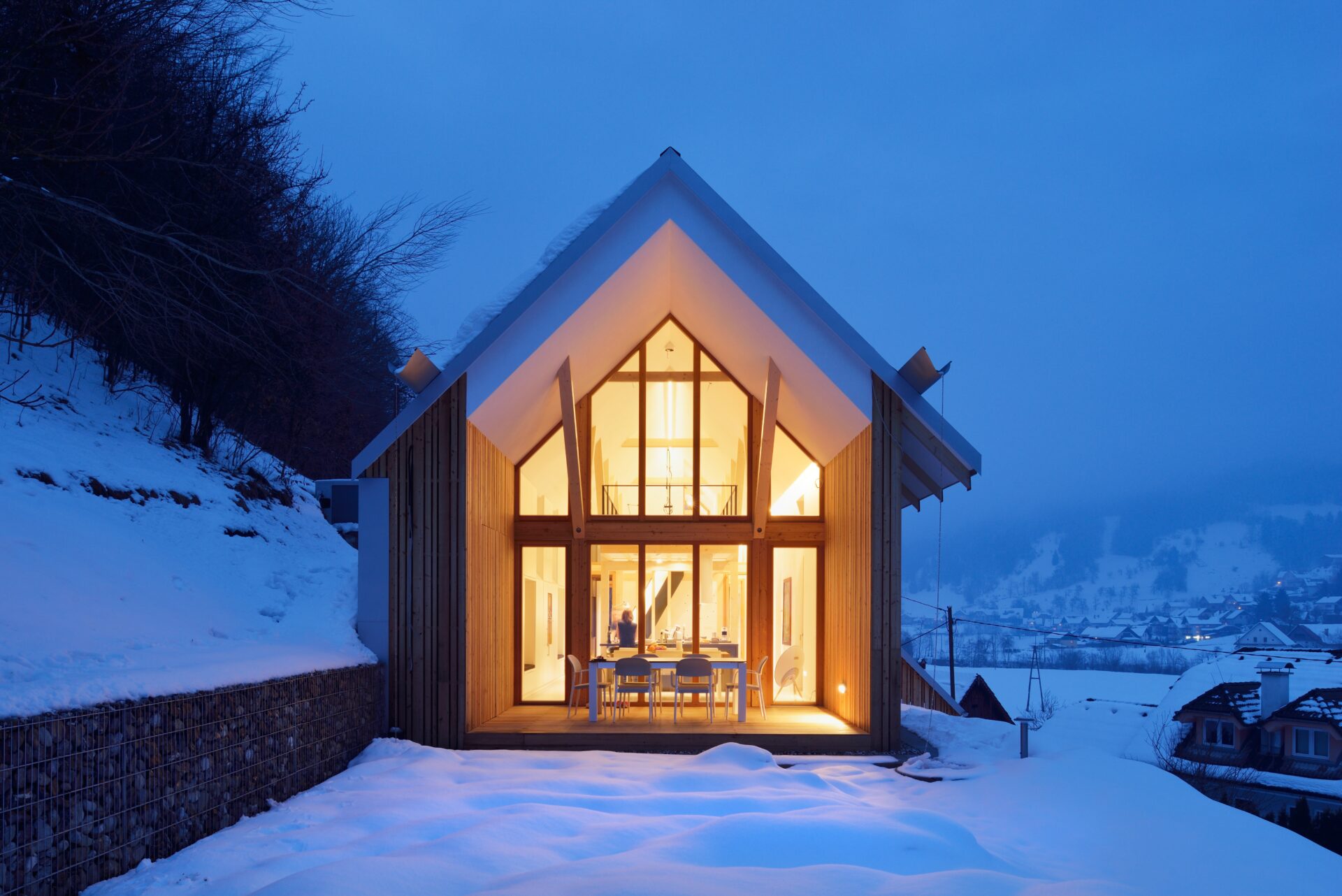A glossary of energy-efficient windows

Thermal transmittance of the window (Uw)
The thermal transmittance of a window is expressed in W/m2K. The Uw value tells us how much heat [W] the window allows to pass per square meter of surface area with a temperature difference of 1 K [or 1ºC].
Low thermal transmittance is a fundamental characteristic of an energy-efficient window. The lower the heat transfer coefficient Uw, the more energy-efficient the window. Based on the value of thermal transmittance, windows are classified as either low-energy (Uw ≤ 1.0 W/m2K) or passive windows (Uw ≤ 0.8 W/m2K).
In a nutshell: The closer the Uw value is to 0 (zero), the more energy-efficient the window.
Thermal transmittance of the glazing (Ug)
The thermal transmittance of glazing is a property that significantly affects the thermal transmittance of the entire window (Uw). In glazing, thermal transmittance depends on the number of panes and special coatings on them, the width of the space between panes and the type of gas between the panes. The glazing of the window is important primarily for thermal insulation, which provides energy efficiency to save energy. The lower the thermal transmittance of the glass, the more energy-efficient the glazing.
Noise protection (Rw)
These days, noise is very high in urban environments and it negatively affects our well-being.This negative impact can be eliminated with sound-insulating glass.
Protection against cold and heat
With the right choice of glazing we can also influence passive heating – protection against overheating of rooms in summer as well as protection against heat loss in winter. This is enabled by sun-protective glass, which saves energy without significant loss of daylight.
Before purchasing, we must consider which properties of glazing matter the most to us. In any case, the installation of triple glazing is a necessity for reducing heat loss.
Thermal transmittance of the frame (Uf)
The thermal transmittance of the frame (Uf) depends on the material from which the frame is made as well as its thickness. We can choose between wooden, metal, PVC or hybrid frames – for example, a wooden frame with an external aluminium cladding. Woodhas the lowest thermal transmittance among the listed materials, meaning that the least heat is lost through wooden frames. Therefore, adequate thermal protection is most easily achieved with wooden frames, followed by synthetic materials and finally aluminium. Softwood is better than hardwood, meaning that spruce has better properties than, for example, larch or oak.
RAL installation
The quality of window installation is as important as the quality of the windows themselves, as only with proper installation can we ensure that our windows will provide long-term energy efficiency and savings.
RAL installation ensures a three-level seal. The installation of windows according to RAL guidelines involves sealing the gap with a “more sealed on the inside than on the outside” system. The sealing consists of an inner vapor barrier, an outer vapor diffusion barrier and a middle thermal and sound insulation layer. Installation of windows according to RAL guidelines prevents the formation of thermal bridges (e.g., the appearance of mold), ensures a favorable climate in the room and excellent sound protection between the window and the structure.
At Jelovica, we will be happy to help you choose the optimal energy-efficient windows for your home.
Call us at 080 23 23 or send a message to info@jelovica.si.